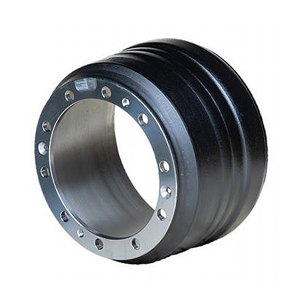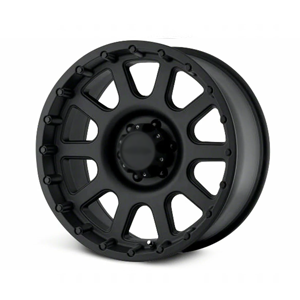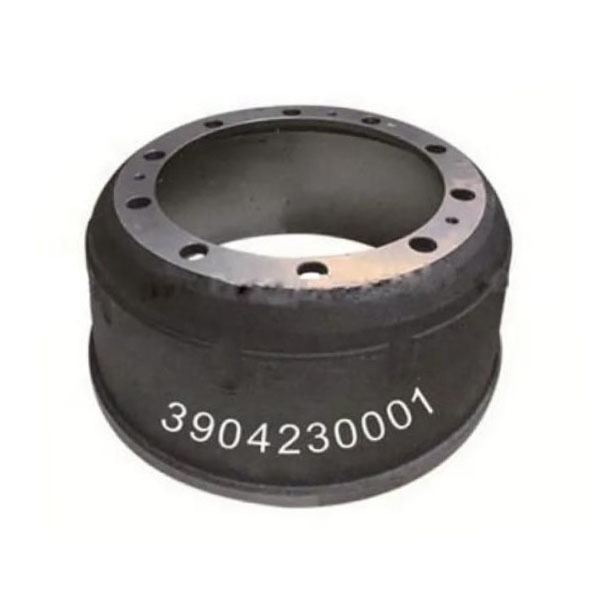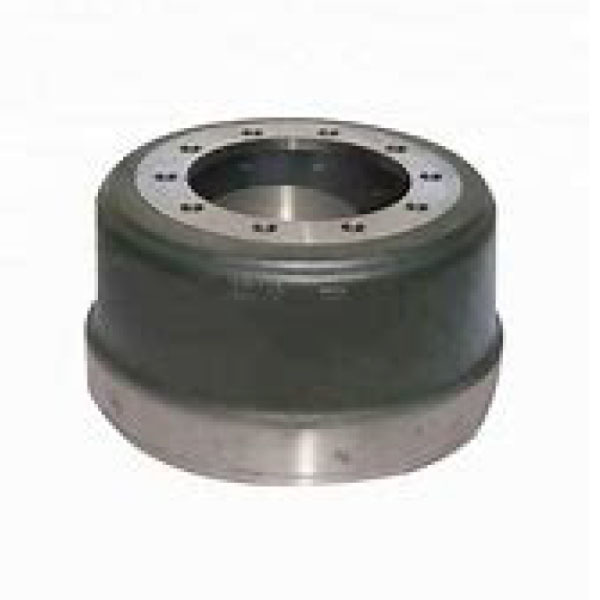- Commodity name: Brake disc
- 产品描述
-
### Brake Disc
In the modern automotive industry, the braking system is one of the key components to ensure driving safety, and the brake disc, as a core component of this system, plays a vital role. This article will delve into the structure, working principle, material selection, maintenance, and technological development trends of brake discs to provide readers with a comprehensive and clear understanding.
#### 1. Basic Structure and Function of Brake Discs
A brake disc, as the name suggests, is a disc-shaped part, usually installed on the wheel hub and rotating synchronously with the wheel. Its main function is to cooperate with the brake pads in the brake caliper to convert the vehicle's kinetic energy into heat energy through friction, thus achieving the purpose of deceleration or stopping. Brake discs typically consist of a friction surface, a mounting surface, and ventilation holes (for ventilated discs). The friction surface is the area that directly contacts the brake pads, and its surface is specially treated to improve wear resistance and anti-heat fade performance; the mounting surface is used for fixed connection with the hub; the ventilation hole design helps to dissipate heat, reduce heat fade, and improve braking efficiency.
#### 2. Working Principle of Brake Discs
When the driver steps on the brake pedal, the hydraulic braking system is activated, and the brake fluid is compressed to push the pistons in the brake caliper outward, which in turn presses the brake pads against the friction surface of the brake disc. Because the wheel is still rotating, a huge frictional force is generated between the brake disc and the brake pads. This frictional force hinders the rotation of the wheel, thus converting the vehicle's kinetic energy into heat energy to achieve deceleration. As the braking process continues, the temperature of the brake disc and brake pads will rise sharply, which requires the brake disc material to have good thermal stability and wear resistance.
#### 3. Material Selection of Brake Discs
The material of the brake disc directly affects its performance and service life. Early brake discs mostly used cast iron materials because of their low cost, easy processing, and certain strength and wear resistance. However, with the development of automotive technology, the requirements for braking performance have become increasingly higher, and composite materials such as carbon fiber ceramic brake discs have begun to be used in high-performance vehicles. Carbon fiber ceramic brake discs have extremely high thermal stability, lighter weight, and longer service life, but they are expensive and are mainly used in racing cars and high-end luxury cars. In addition, there are some special cast iron alloys that improve heat resistance, hardness, and fatigue strength by adjusting the component ratio to meet the needs of different vehicle models.
#### 4. Maintenance of Brake Discs
Brake discs, as wearing parts, need regular inspection and maintenance. Common maintenance items include: checking the thickness of the brake disc to ensure it is not less than the minimum safety thickness; observing the friction surface for cracks, severe wear, or hot spots; cleaning grease, dust, and other impurities from the surface of the brake disc to maintain good frictional contact; and regularly replacing the brake pads and checking the cleanliness and level of the brake fluid. It is worth noting that incorrect driving habits (such as frequent emergency braking) will accelerate the wear of the brake disc, so good driving habits are also an important factor in extending the life of the brake disc.
#### 5. Technological Development Trends of Brake Discs
With the rapid development of electric vehicles and autonomous driving technology, brake disc technology is also facing new challenges and opportunities. On the one hand, due to the differences in the power system, electric vehicles have higher energy efficiency requirements for the braking system, prompting the development of brake discs towards lightweight and efficient heat dissipation. On the other hand, the popularization of autonomous driving technology allows vehicles to predict braking needs in advance according to road conditions, optimize braking strategies through intelligent algorithms, reduce unnecessary braking wear, and extend the life of brake discs. In addition, with the advancement of materials science, the research and application of new brake materials such as high-performance alloys and composite materials will further improve the performance of brake discs to meet the higher requirements of the future automotive industry for safety, environmental protection, and energy saving.
In summary, although brake discs are small, they are related to the overall driving safety. Understanding their structure, working principle, material selection, and maintenance not only helps to improve driving safety awareness but also provides a direction for thinking about the innovation and development of future braking technology. With the advancement of technology, we have reason to believe that future brake discs will be more intelligent, efficient, and durable, ensuring the safety of people's travel.
Production and R&D

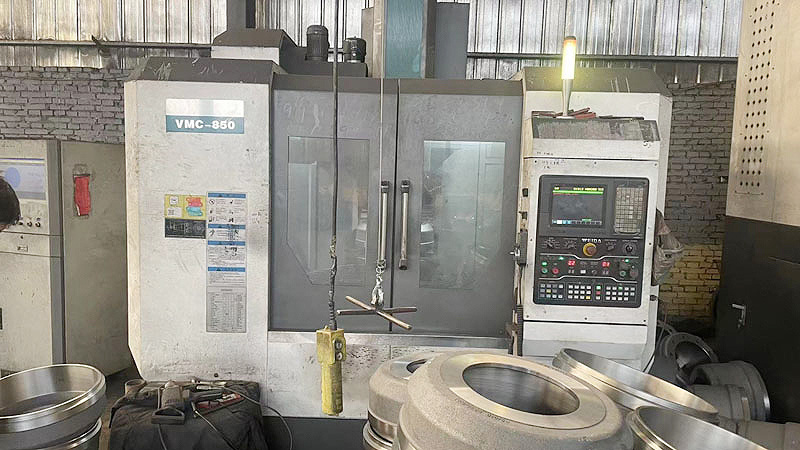
Warehousing Center
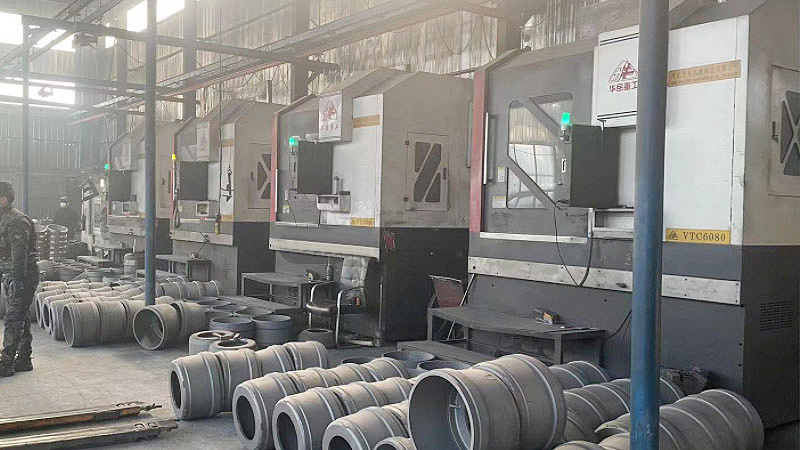
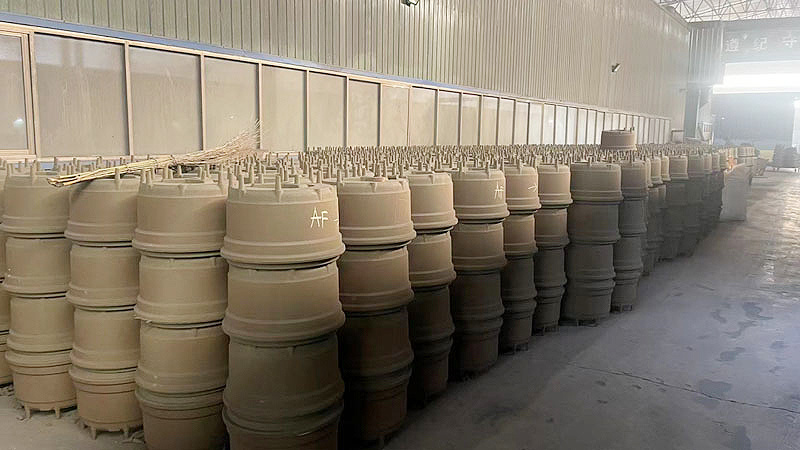
Freight Logistics


Key words:
Related Products


